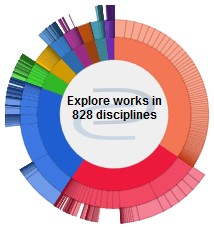Graduate Program
Natural Science
Degree Name
Master of Science (MS)
Semester of Degree Completion
2010
Thesis Director
Andrew Methven
Thesis Committee Member
Diane Burns
Thesis Committee Member
Vincent Gutowski
Abstract
The Emergency Economic Stabilization Act of2008 (P.L. 110-343) provides several incentives and tax credits for Americans interested in investing in alternative energy resources. Solar, wind, and. geothermal systems receive the most tax credits due to their low carbon output, but a determination must be made as to which resource is the most accessible and economically feasible. The State of Texas was used as a model for comparing the three renewable energy resources through analysis of weather variables, geological features, resource availability, amount of energy harvested in relation to equipment, and installation and maintenance costs.
All three energy systems have positive attributes and negative impacts. A major benefit of solar energy is when energy demand is greatest in Texas (summertime) solar availability is highest and the supply is inexhaustible. Cost is a major obstacle because solar panels need large collection areas, equipment and storage batteries are expensive, and panels are susceptible to weather damage. Like solar energy, wind energy is inexhaustible, and small wind turbines do not produce greenhouse gases, particulate pollutants or waste products. A key disadvantage of wind is it is an intermittent source of energy, so turbines can only provide small amounts of electricity on a continuous basis. Wind turbines are also susceptible to weather damage from gusty winds, thunderstorms, hurricanes, and ice storms, while wildlife habitats, primarily of birds and bats, can be disrupted. Geothermal heat pump systems can be used efficiently in all of the state's regions and is generally consistent because of constant ground temperatures, but installation costs vary depending on location. Congested areas would have a higher cost than open-spaced areas because underground piping must be installed vertically rather than horizontally.
Recommended Citation
Speed, Kimberly, "A Model Cost Analysis Comparing Solar, Wind And Geothermal Energies, Including Alternatives To Changing Energy Sources, Using Texas Households And Weather" (2010). Masters Theses. 62.
https://thekeep.eiu.edu/theses/62




